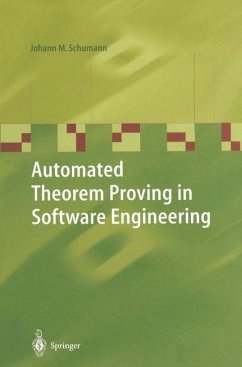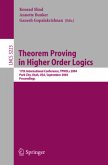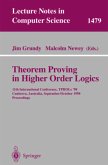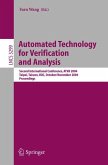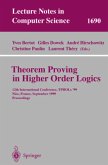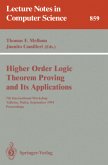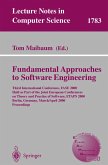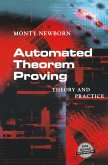This book can mark the coming of age of automated theorem proving (ATP). The process to maturity has been a continuum, as it is for humans, but this book serves to mark the emergence of ATP into the marketplace. For this book is arguably the first to present for the general computer scientist or mathematician in some technical depth the ability of automated theorem provers to function in the realm where they will earn their living. That realm is as the reasoning engines of verifiers and generators of computer programs, hardware and related products. (We do note some excellent edited collections exist; one of the best is by Bibel and Schmitt, 1998: see this book's bibliogra phy. ) As we note below, this book does not simply document a brilliant but isolated undertaking. Rather, the book makes clear that a small but steady, and increasing, stream of real-world applications is now appearing. The childhood and adolescence of ATP was both prolonged and spiked with brilliance. The birth year of the field should probably be set as 1956, when the Logic Theorist paper was published by Newell, Shaw and Simon. (However, most likely the first computer generated mathematical proof ap peared in 1954 as output of a program for Pressburger arithmetic, written by Martin Davis. The work was not published at the time.
From the reviews: "Automated Theorem Proving by Johann M. Schumann is an excellent survey on the application of the latter (classical) kind of ATP to the field of software engineering. ... I most enjoyed its open, and necessary, criticism of common practice in the theorem proving community of ignoring the basic principles of software engineering ... . It is a good systematic textbook that makes ATP more accessible to software engineers. It will be useful in teaching as well as in practice ... ." (Florian Kammuller, Software Testing, Verification and Reliability, Vol. 12 (3), 2002) "The structure and capabilities of Automated Theorem Provers (ATP) are presented in depth. ... The book is very useful for software engineers who may learn how to apply the ATP for specific tasks in their field. ... The book is also recommended to developers of ATP (be they mathematicians, logicians or computer scientists), who may find here suggestions for future work needed in order to improve the practical usability of their products in software industry." (Mihai Cipu, Zentralblatt MATH, Vol. 977, 2002)

